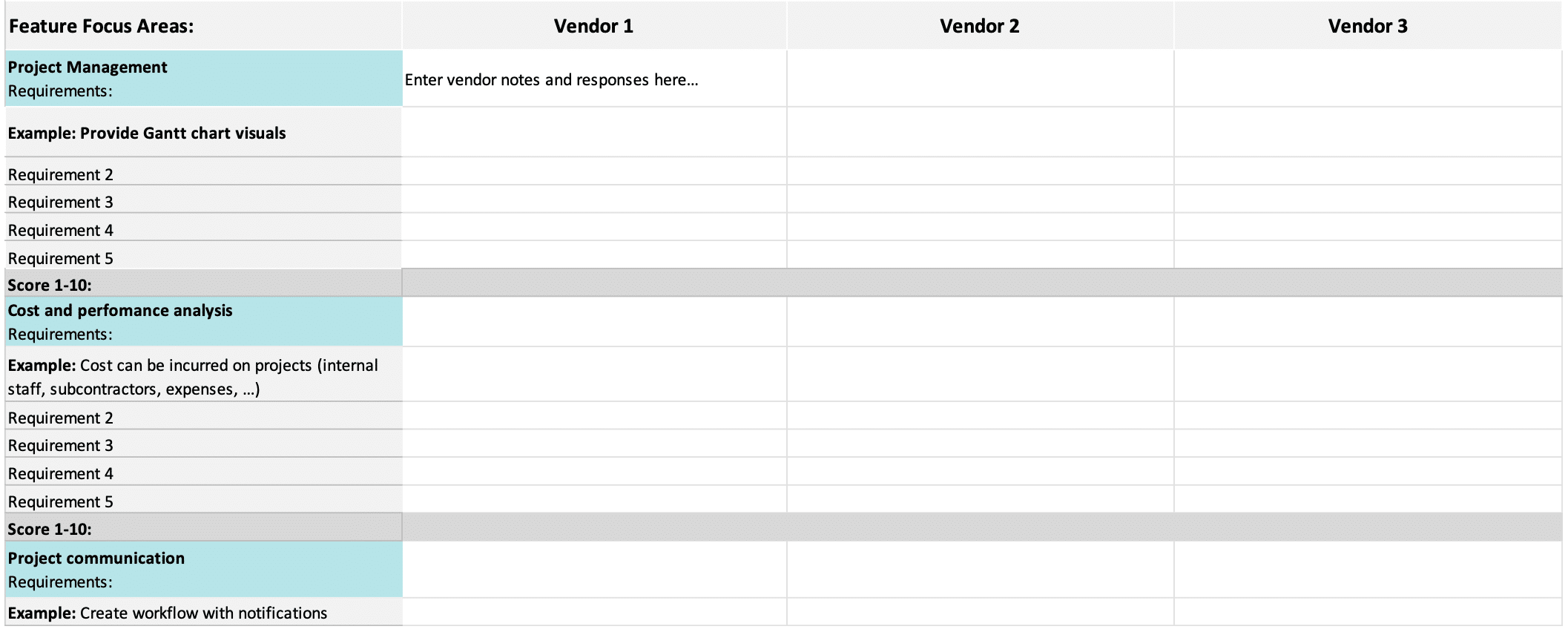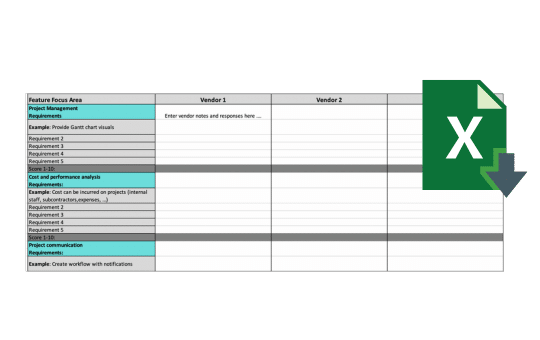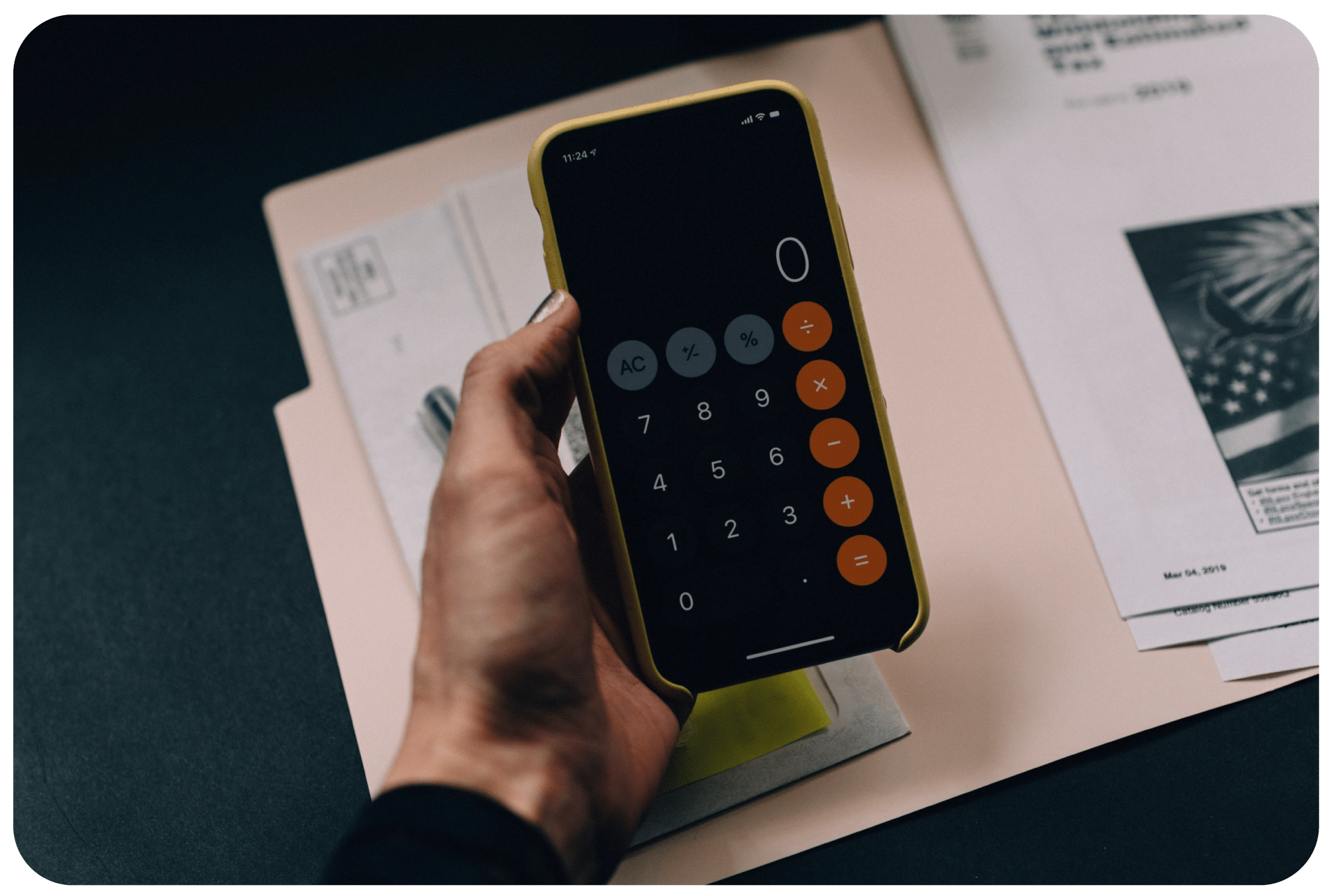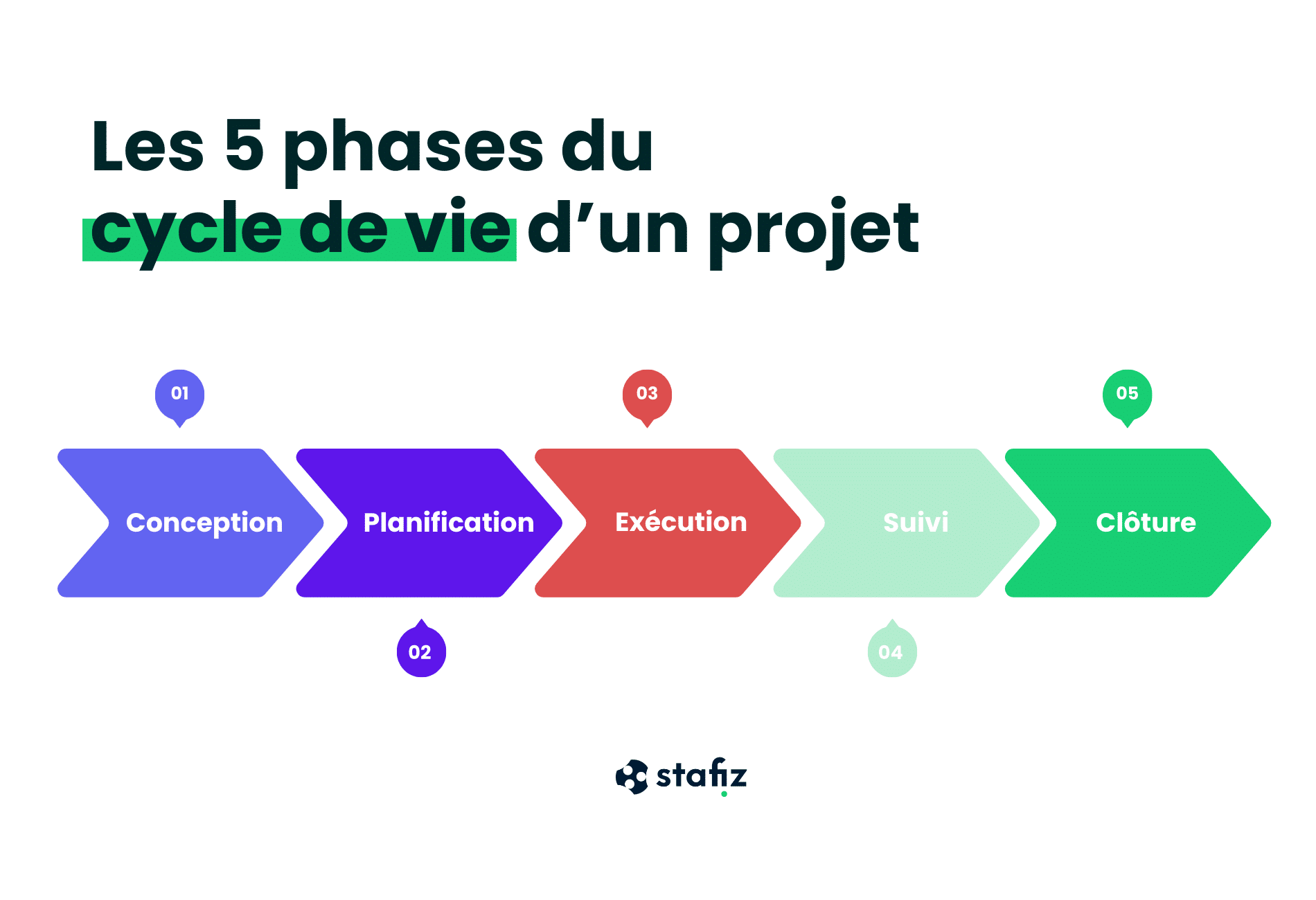How to choose a project tracking tool?

Choosing a project tracking tool may seem complicated, as there is a plethora of softwares out there, all of which seem to more or less fit the bill. However, this is far from being the case. They are not necessarily the same, and each has its own specific features.
To rightfully choose your tool, it's important to follow certain steps to avoid getting lost, and to ensure that the software you choose perfectly meets your specific needs.
An effective project monitoring tool makes it possible to:
- accelerate the completion of a project,
- identify the blocking points of a project in order to resolve them,
- improve the profitability of a project,
- Track the progress of a project.
Prioritize your goals to choose the right tool
Three objectives can be pursued in project management : organization, profitability and communication.
While these goals are all important for teams working in project mode, the order of priority may differ.
- Organization: this is a key objective of project monitoring. It is necessary to be able to assign the project tasks to the different actors, and to track which tasks have been completed, and which tasks remain to be done.
- Profitability and management: even if the project is not sold, there are always costs behind a project. Time spent is often the first item. It must remain aligned with the initial objectives, otherwise profitability is affected. If the project is sold, this objective must be particularly monitored, and the different types of costs must be reported in the project monitoring.
- Communication: facilitating interactions between the various project stakeholders (such as customers or subcontractors) can also be a major challenge in project management.
Most project tracking tools can help you achieve all 3 goals, but each one has its own specialty.
Table of the main objectives of project monitoring:
| Move towards a task management tool, such as Trello, Asana or their equivalents. | Move towards a project monitoring tool such as Stafiz or Monday. | Move towards a tool like MS Project. |
Discover project management in Stafiz
Specify your feature needs
To choose the right project management tool, you need to define your expectations in terms criteria that are important to you.
At this step, you may decide to draw up a complete specification, or simply list the criteria you expect in detail, so that you can validate them in your benchmark phase.

Criteria related to project management
In project management, it is first necessary to organize the project and split it into tasks to facilitate progress, and thus reduce the risk of project failure.
Overwhelmed by the offers available on the market? Choose and complete this list of selection criteria:
- Be able to create and assign tasks and subtasks in the project.
- Be able to set a time or deadline goal on these tasks.
- Be able to create a detailed brief of the task.
- Be able to plan the project and visualize the schedule in a Gantt view.
- Know the connections between tasks to identify possible bottlenecks.
- Be able to differentiate between types of tasks: follow-up points, one-off actions, scheduled or completed tasks.
If these criteria are met by the project monitoring software, you will be able to organize projects efficiently, and allow each actor to manage their tasks and contribution to the project.
Criteria related to the monitoring of project costs
A project that is finished does not necessarily mean success. The project must also have been carried out within the budget that was initially planned.
Good management makes it possible to record the various costs on projects (time spent internally, subcontracting purchases, expenses, product purchases, etc.) and to indicate to managers sufficiently in advance if the project is at risk of budget overruns.
List and customize the following criteria related to the financial management of the project according to your needs in order to verify that the project monitoring software you are looking at meets the need:
- Be able to track time spent on projects and tasks and calculate associated costs.
- be able to track subcontracting costs;
- be able to report non-rebillable expenses (such as travel expenses);
- be able to track the products sold (if any) and the associated costs;
- know the margin at date and end by calculating the remaining amount to be done;
- be informed in the event of an overrun of the budget;
- to monitor the value of realized and future production;
- be able to invoice projects;
- Be able to track project KPIs.
If your project tracking software enables you to carry out these different actions, then you'll be able to better monitor project performance. You'll also be able to identify projects that deviate from their budget and you'll be able to take corrective action to improve margins.

Take advantage of our example of a benchmark table in Excel!
Depending on the importance of each of the criteria, you can give a weight to the answers, to determine an overall score and rank the different solutions.
Negotiate with the provider of the tracking tool
To secure your purchase, it is important to sign a contract that governs your use, as well as the associated prices.
Remember that it is possible to negotiate with the vendors of the solution. You can get discounts, by committing to a certain period of time for example.
Make sure that you have validated the rates over the duration of the contract, the amount invoiced for the deployment service of the project monitoring tool.
Stafiz helps service companies gain visibility and better track their projects with real-time data. Projects are better managed, deviations from the budget are identified well in advance to facilitate corrective actions
To learn more about project management and monitoring in Stafiz, visit the dedicated page.




